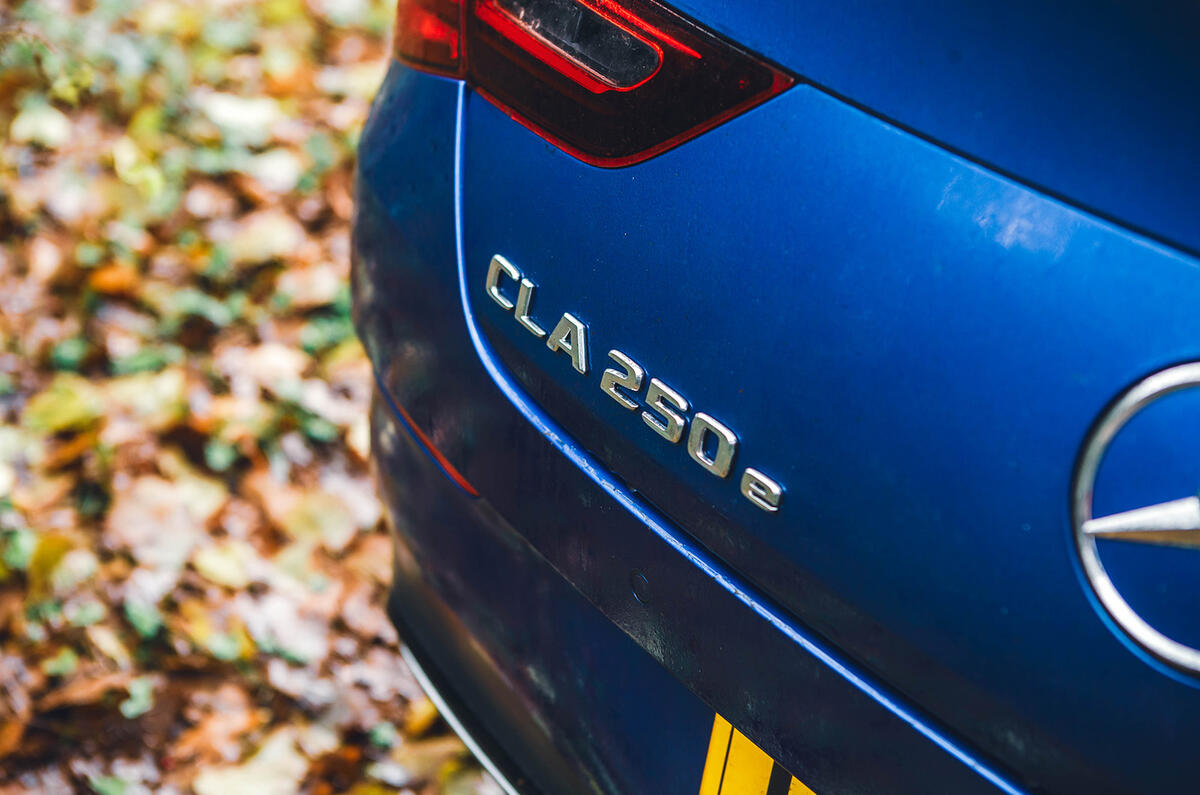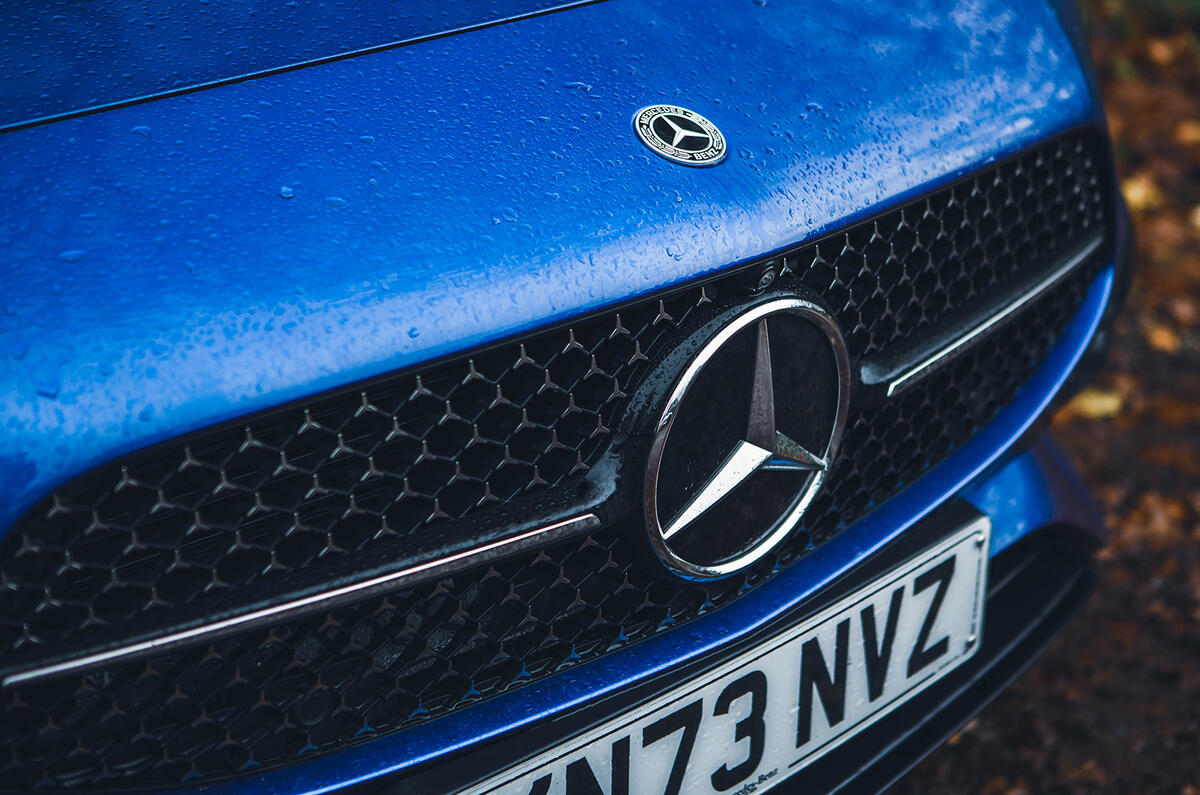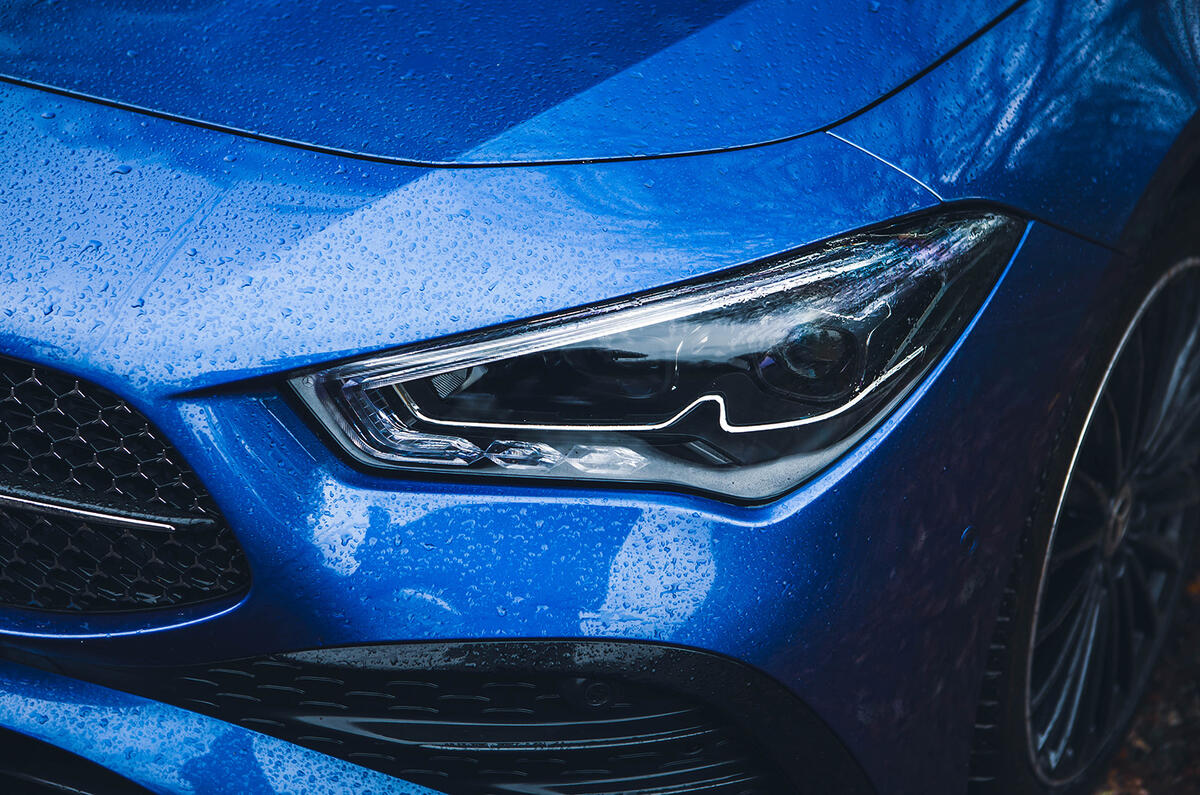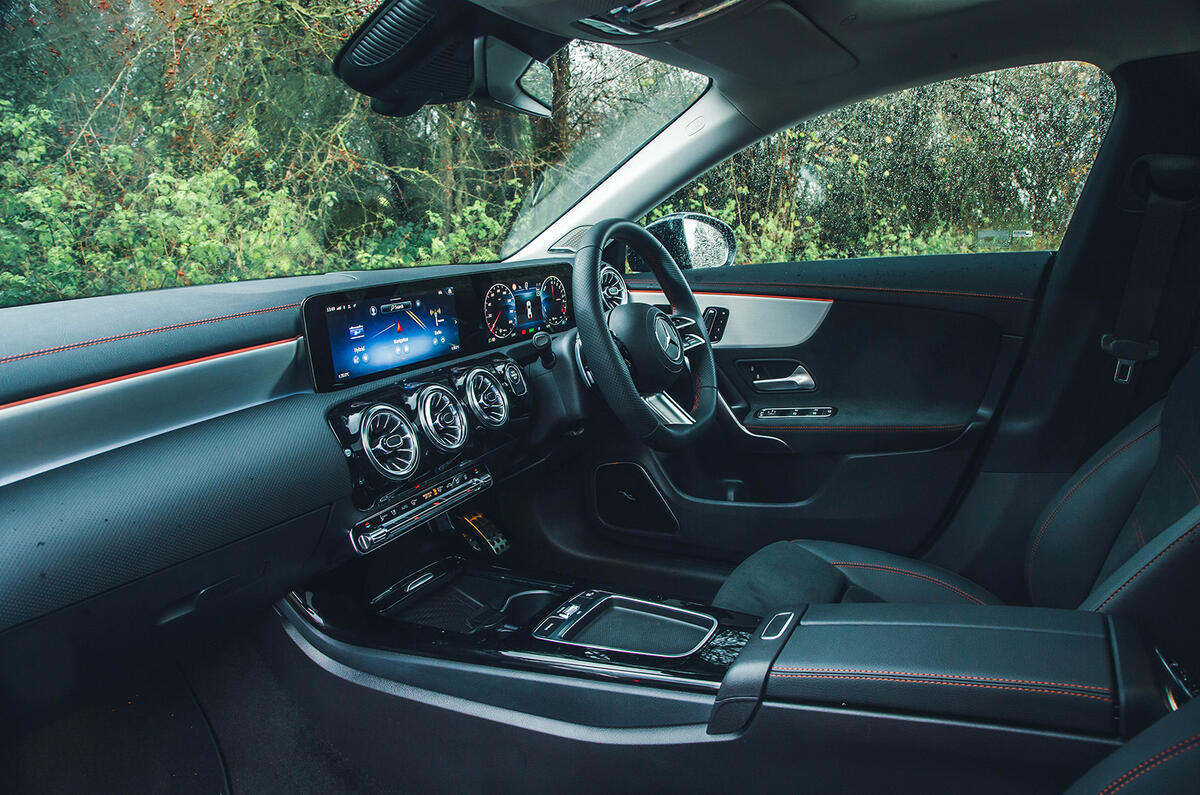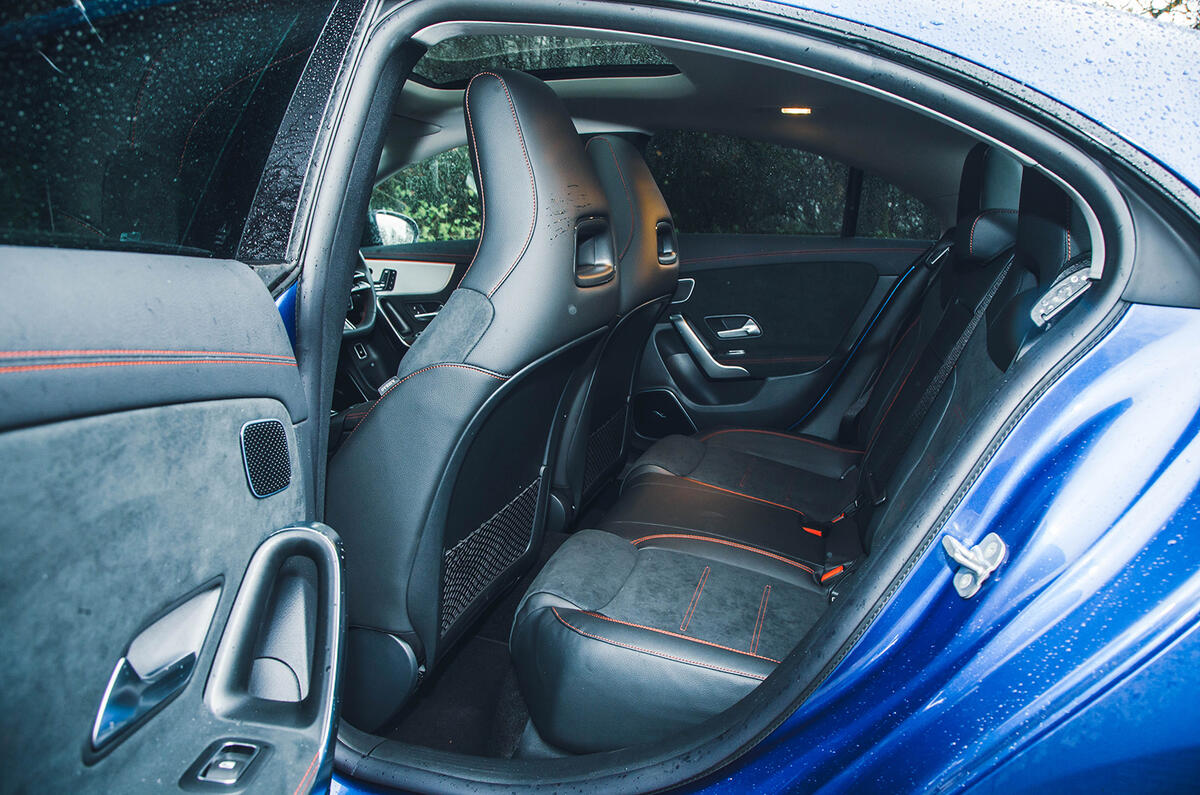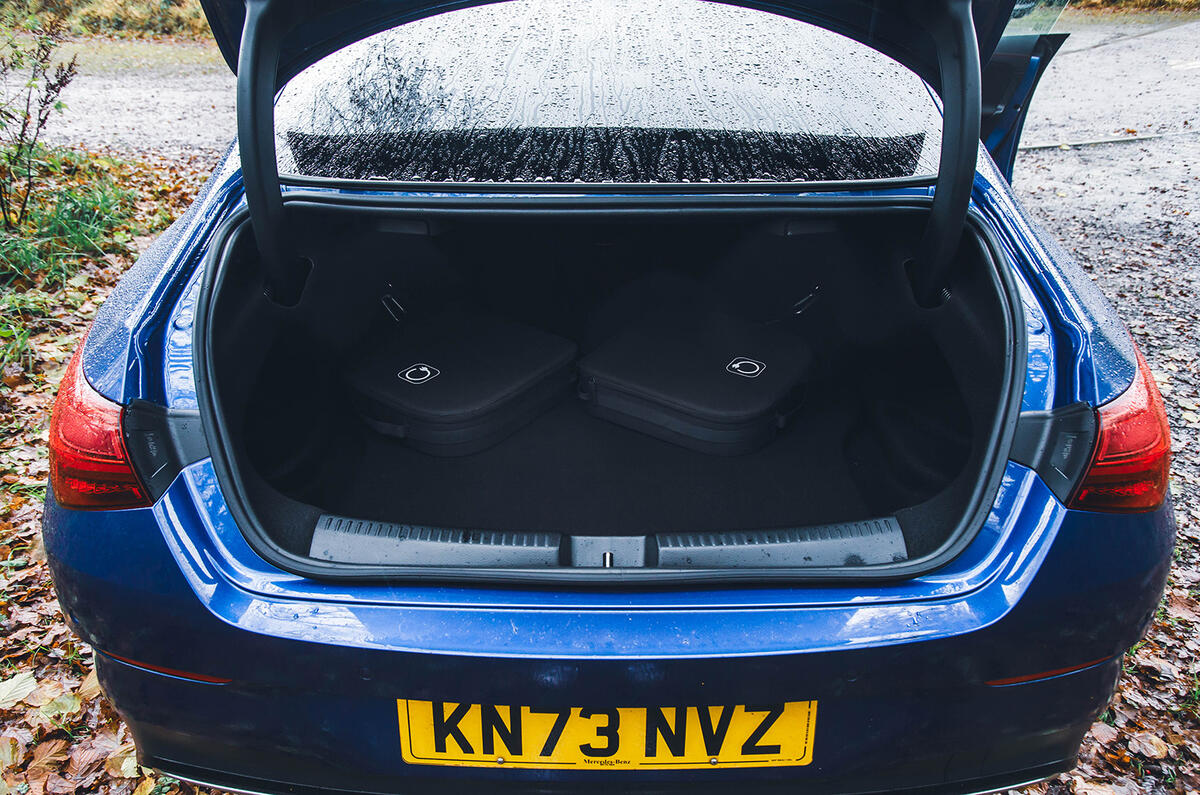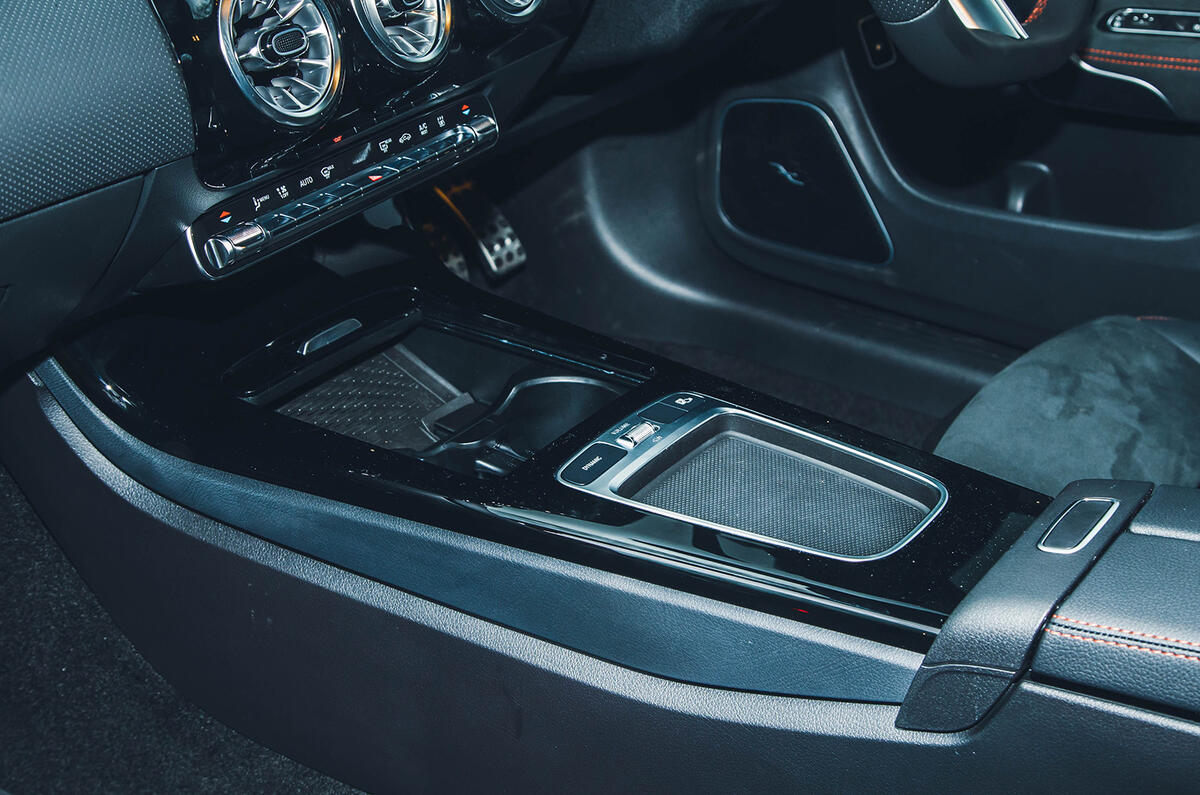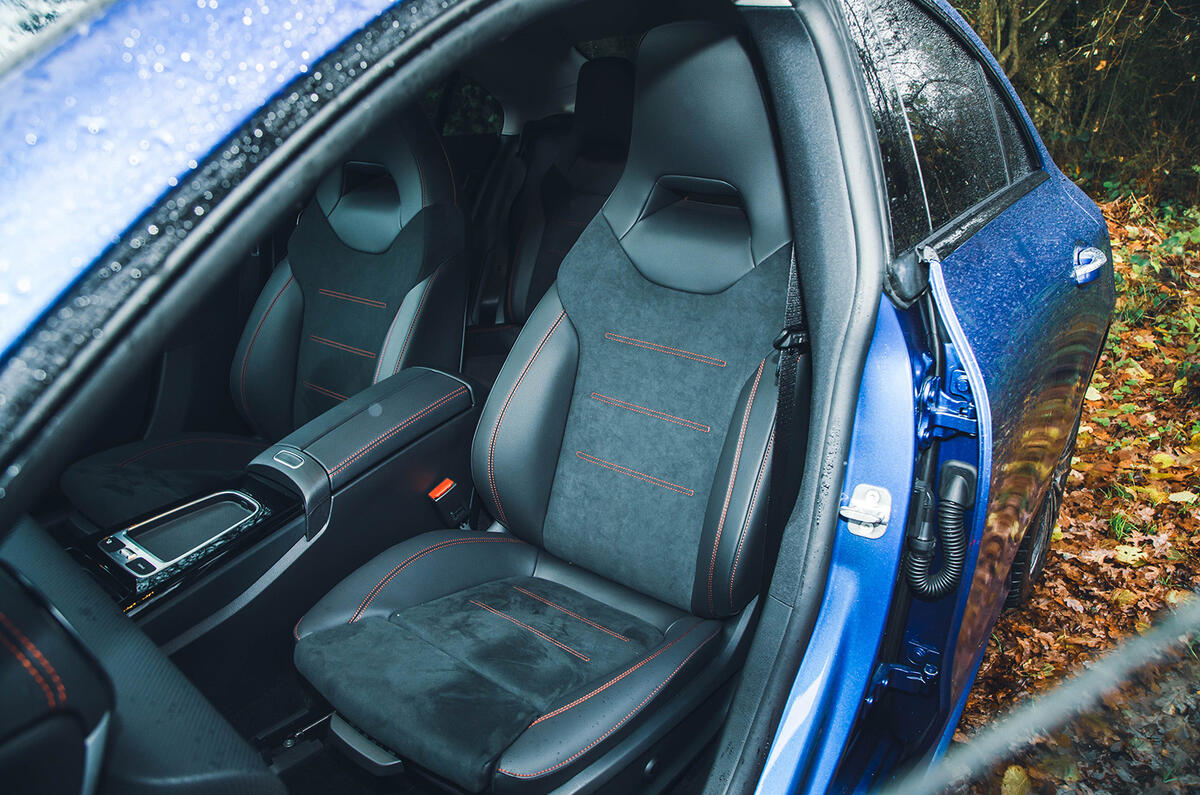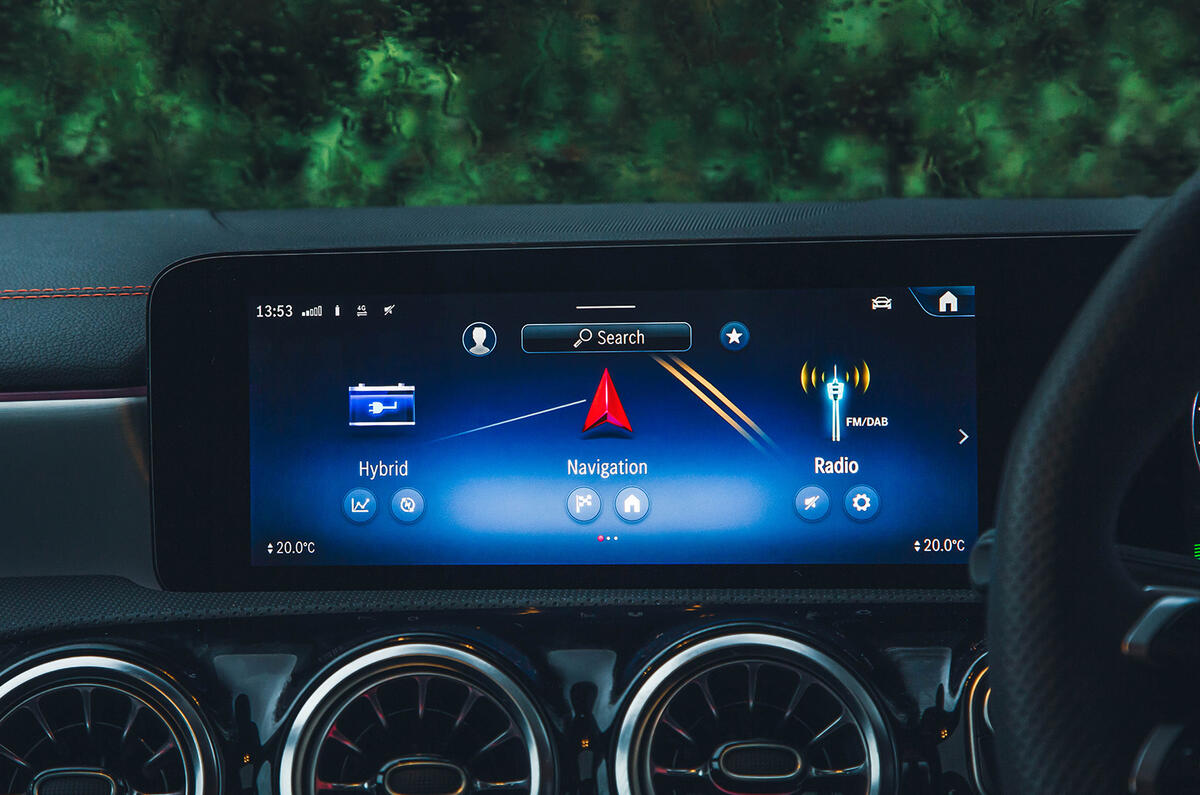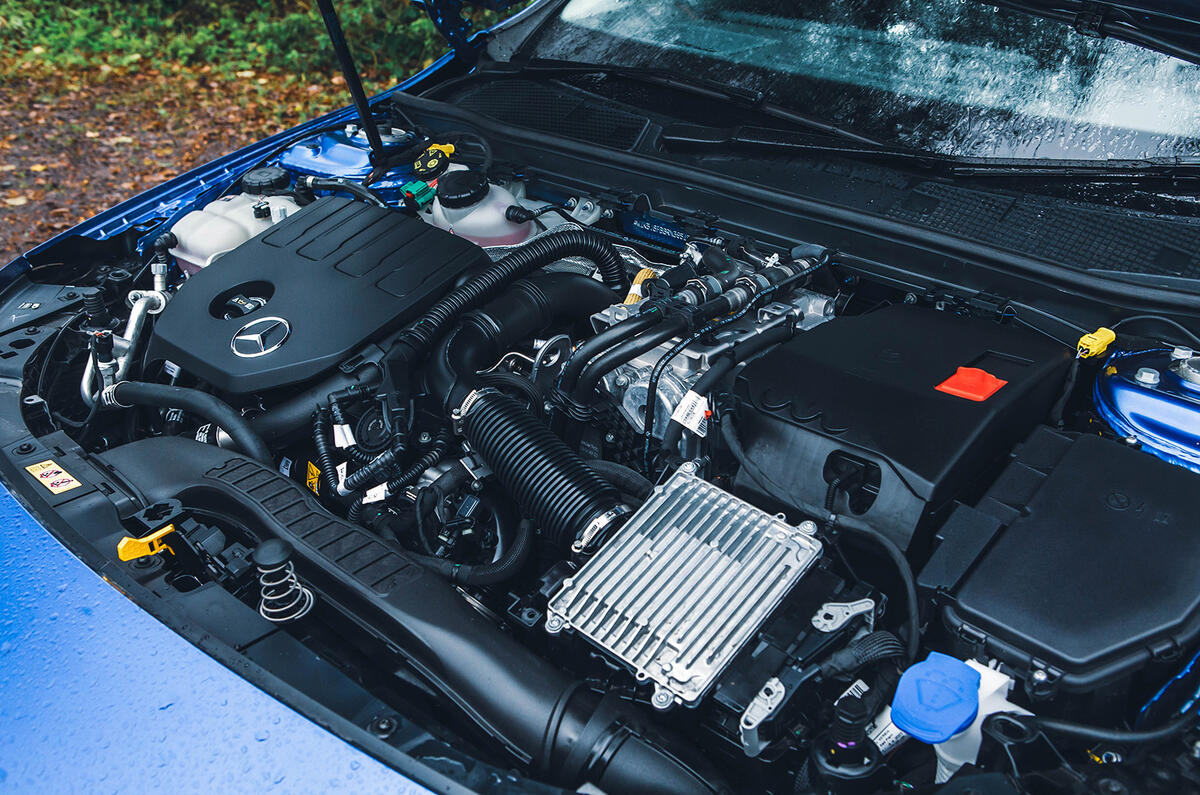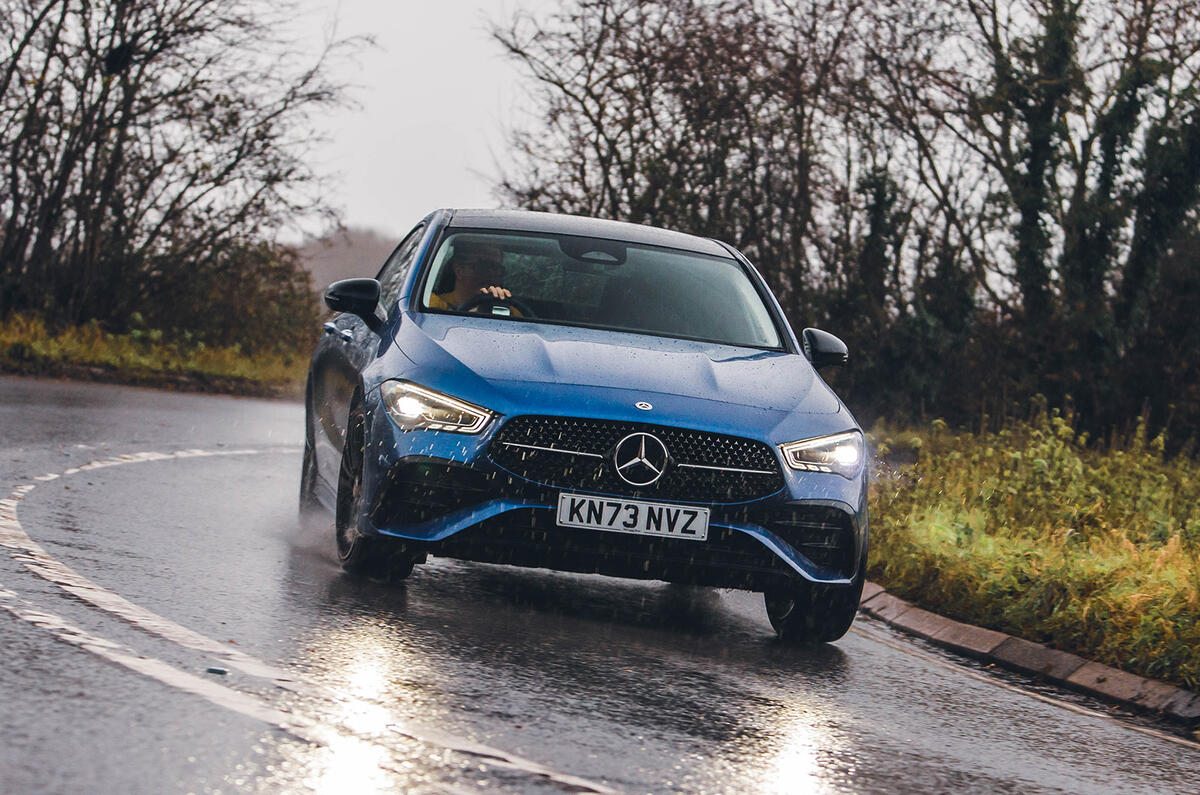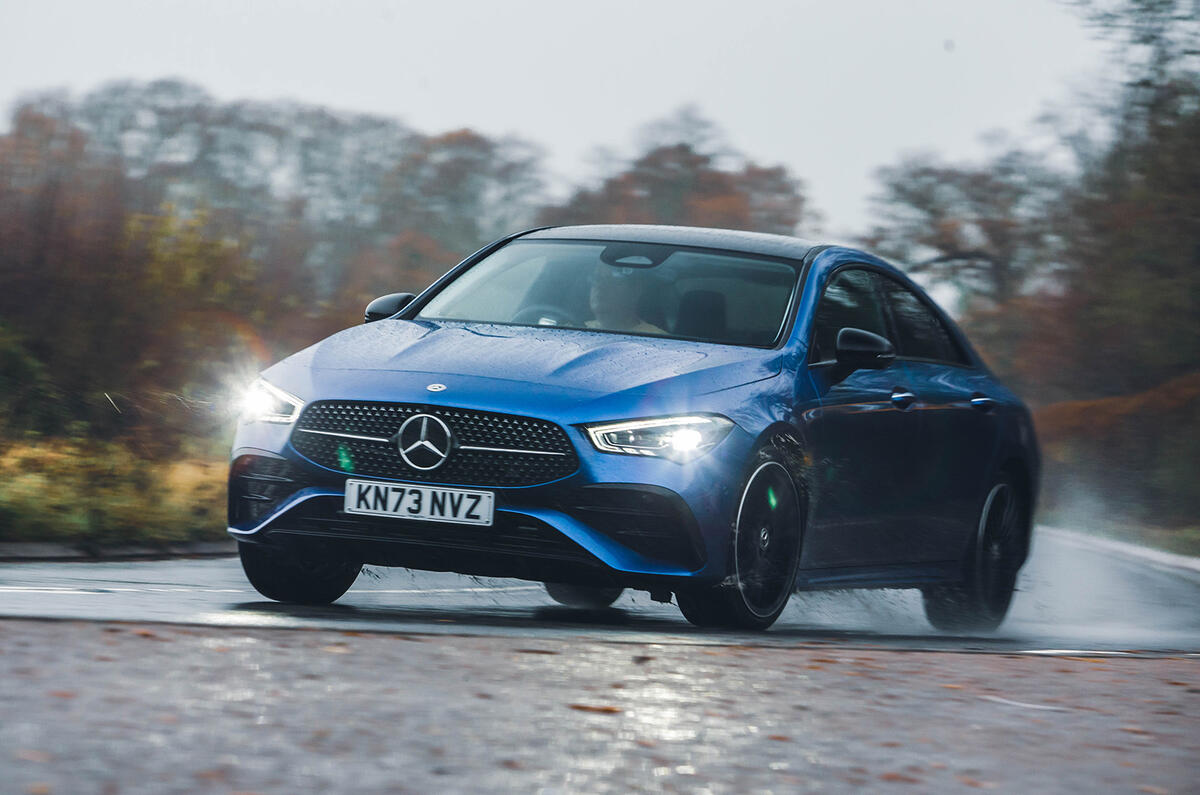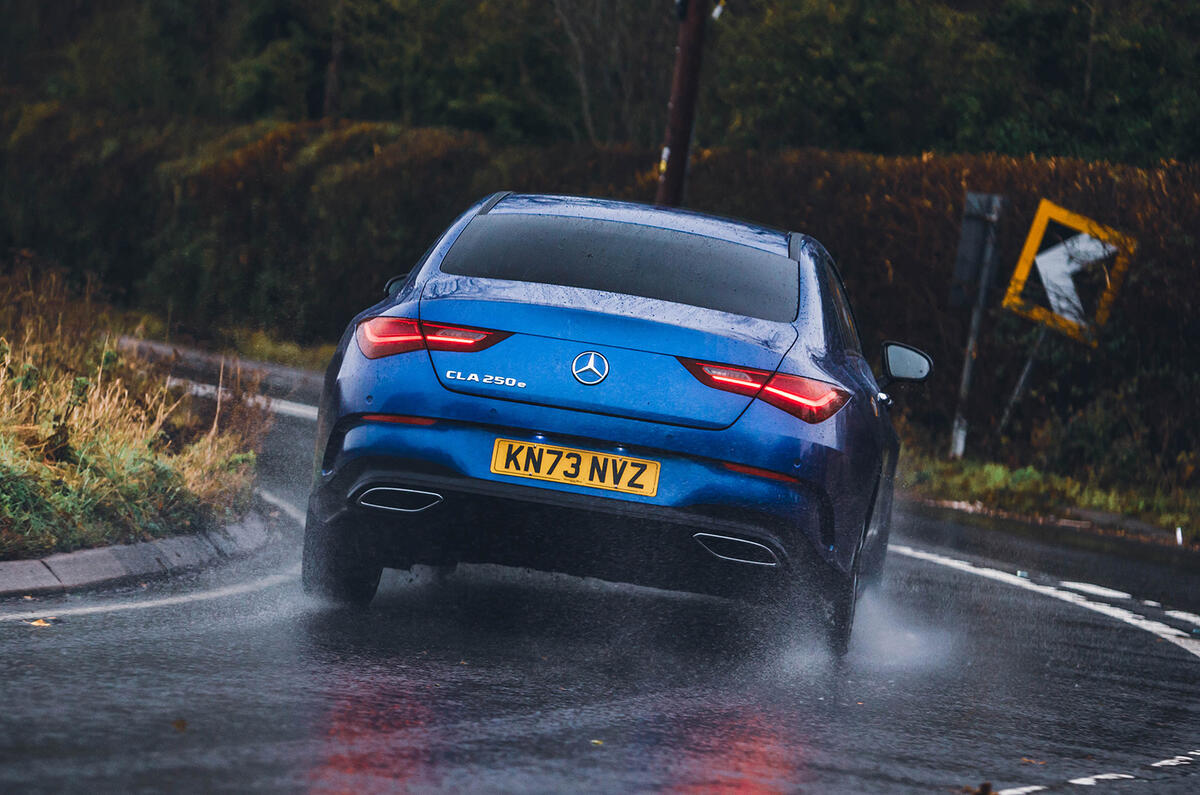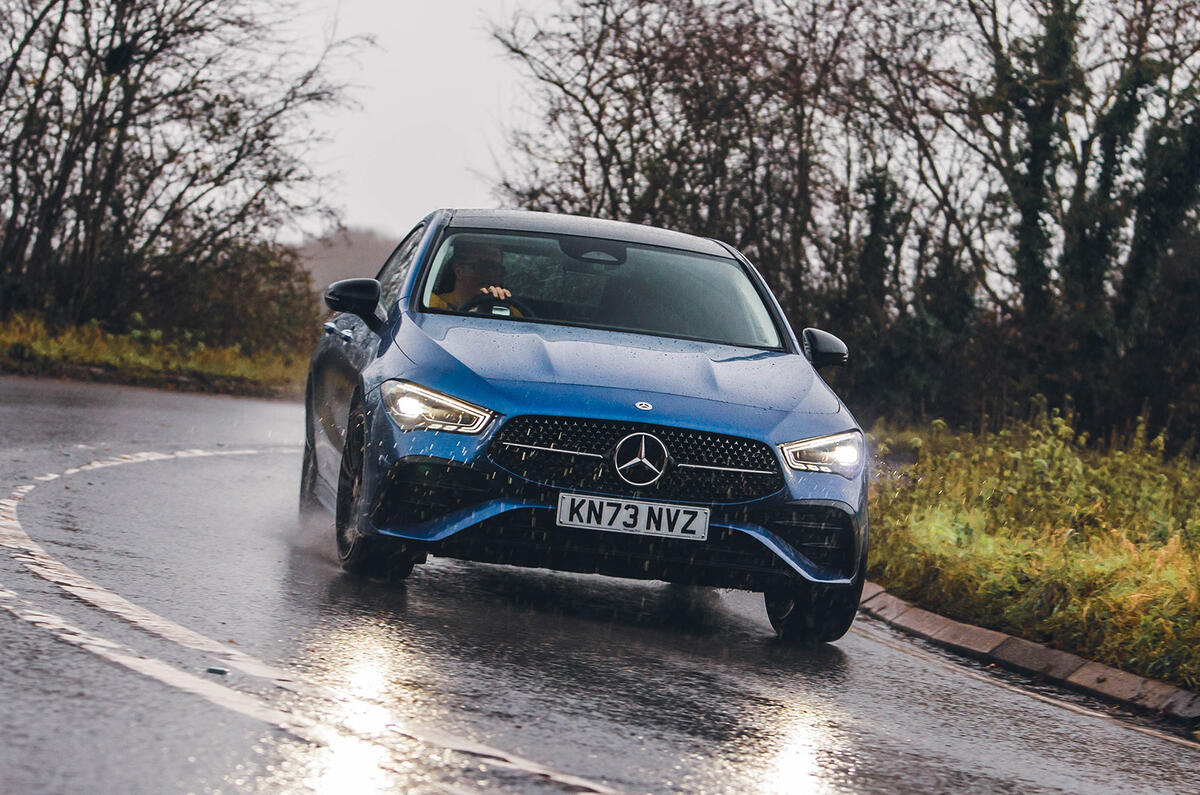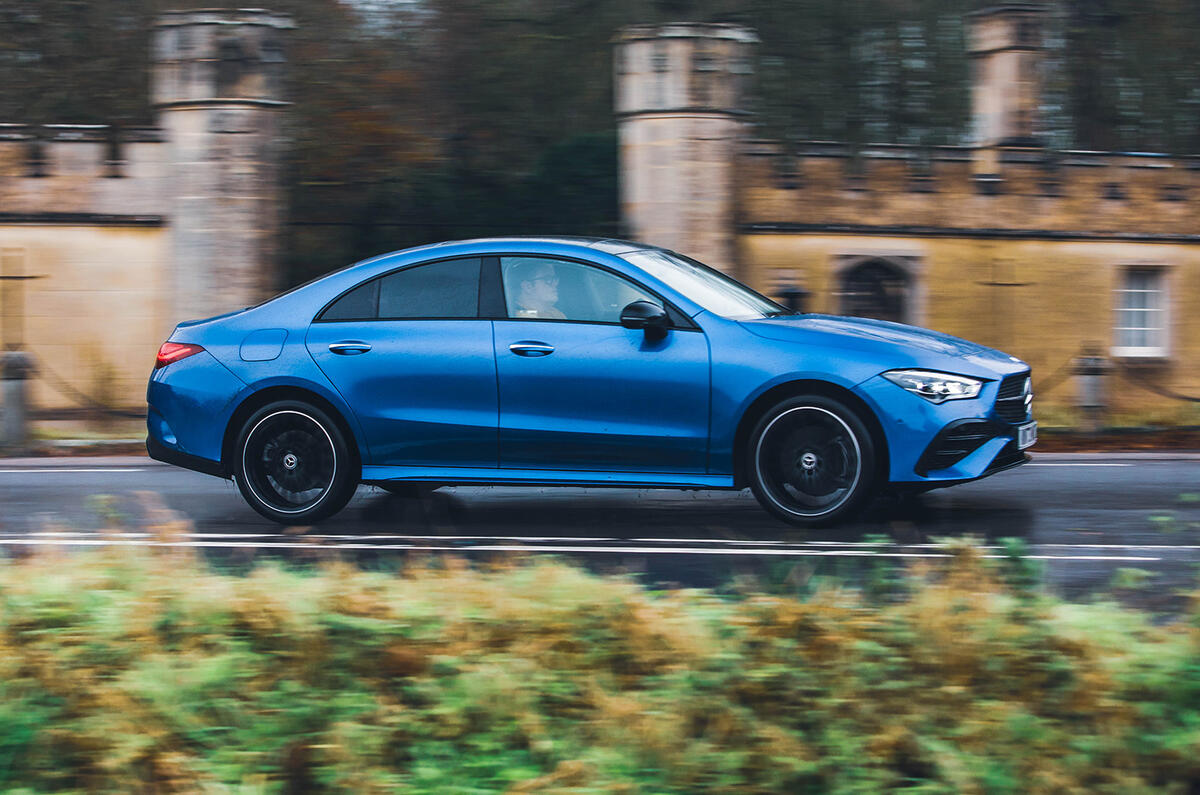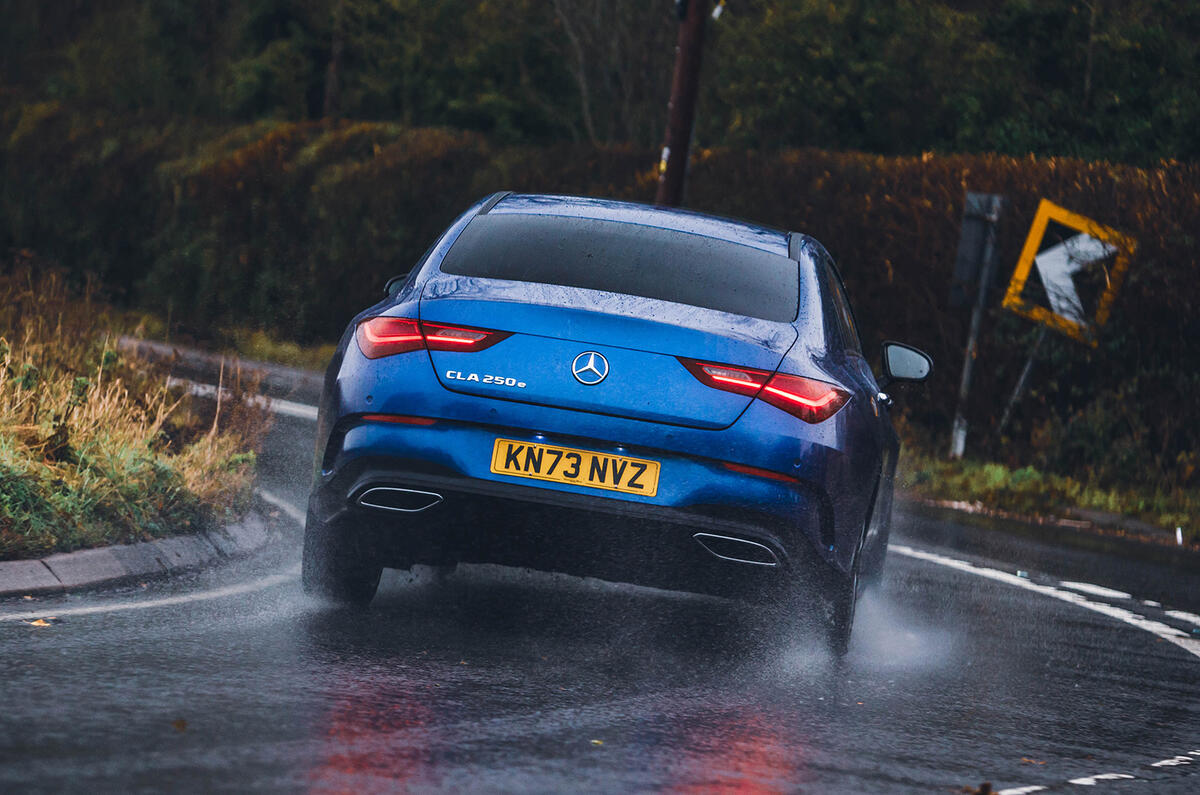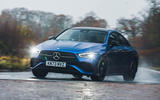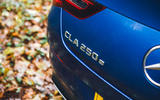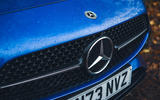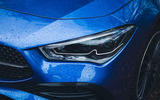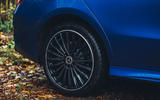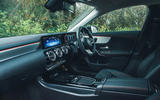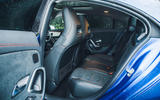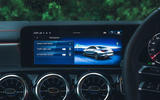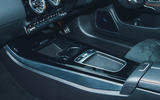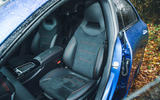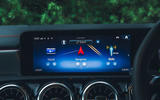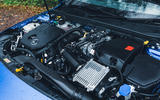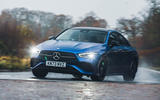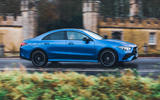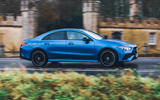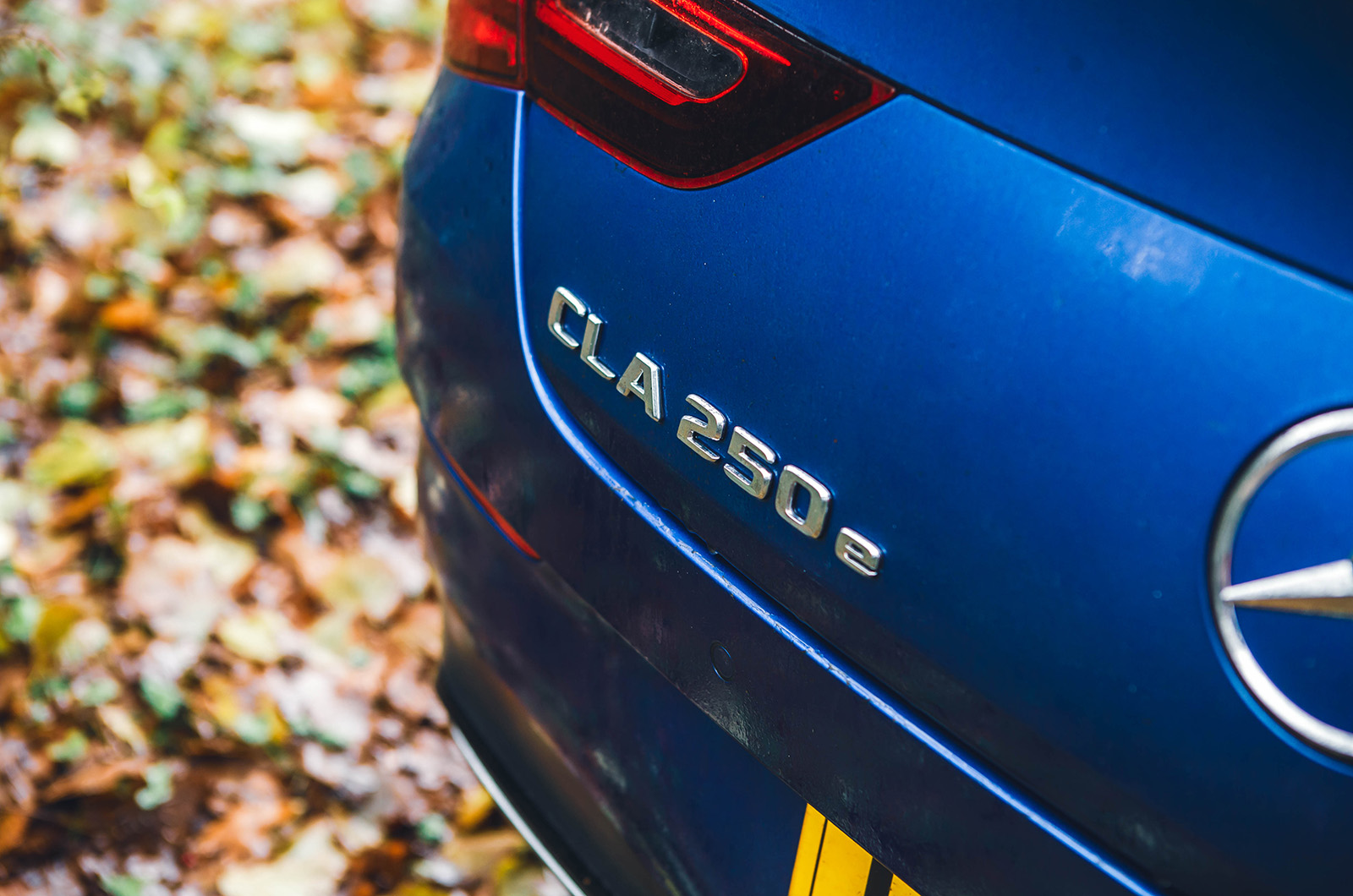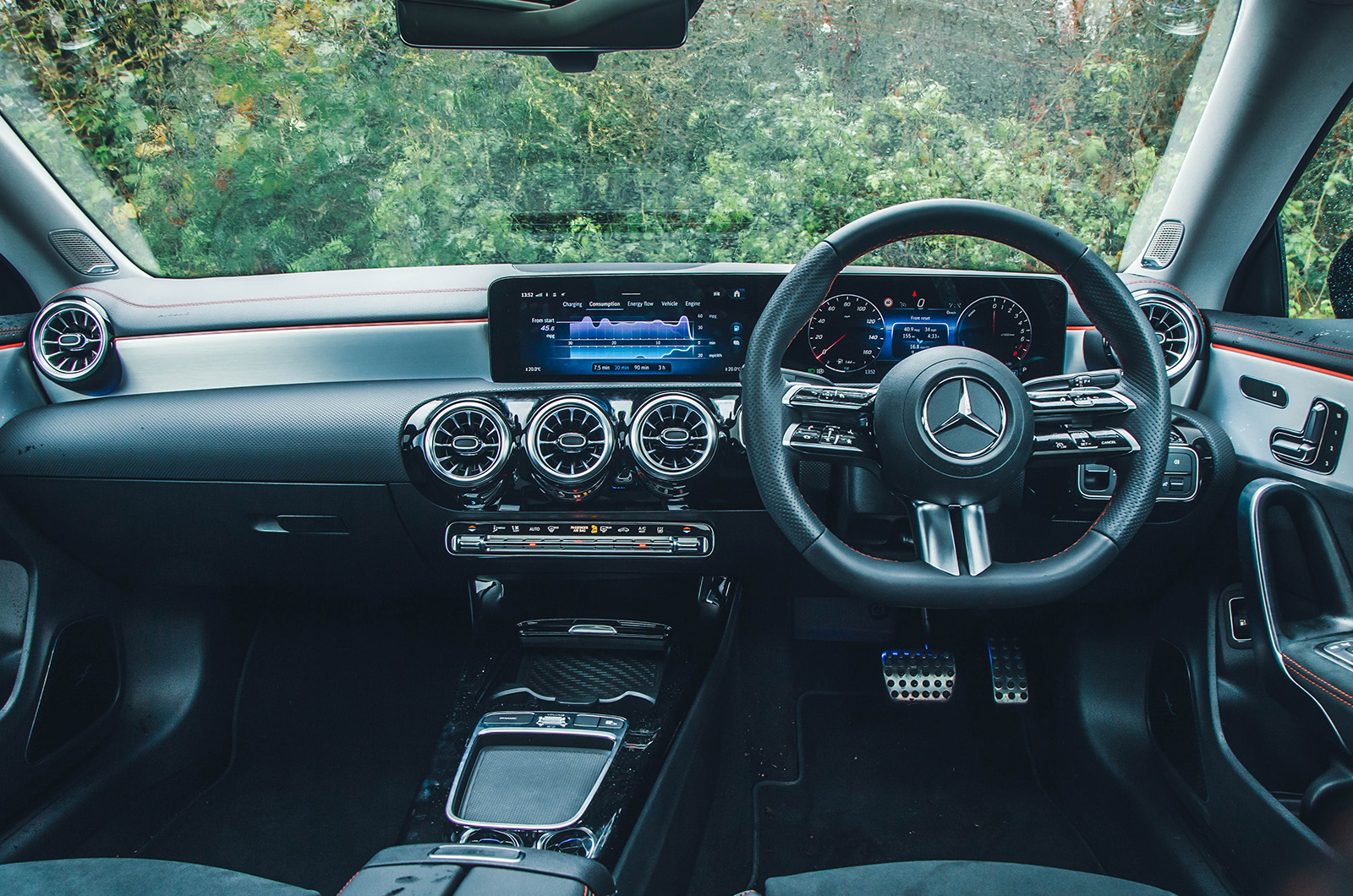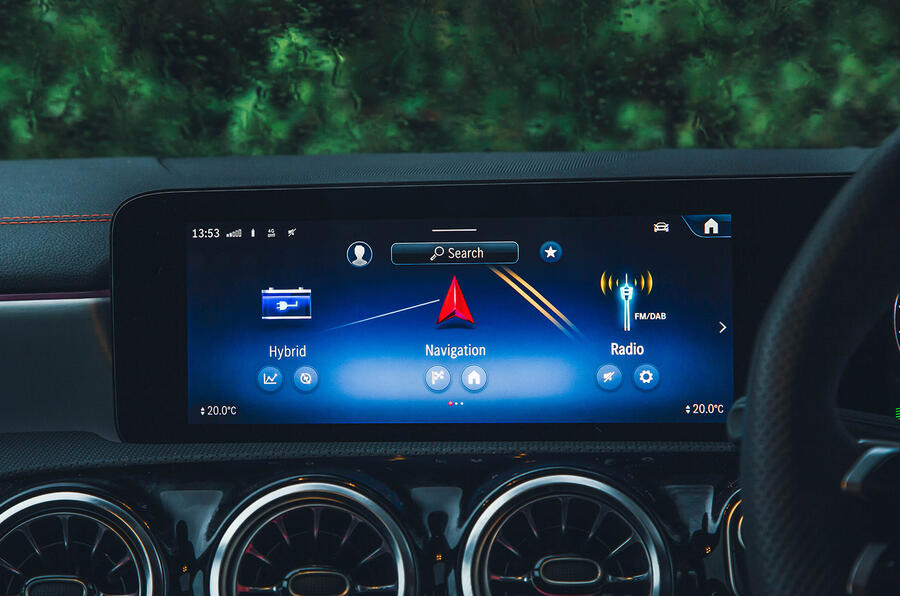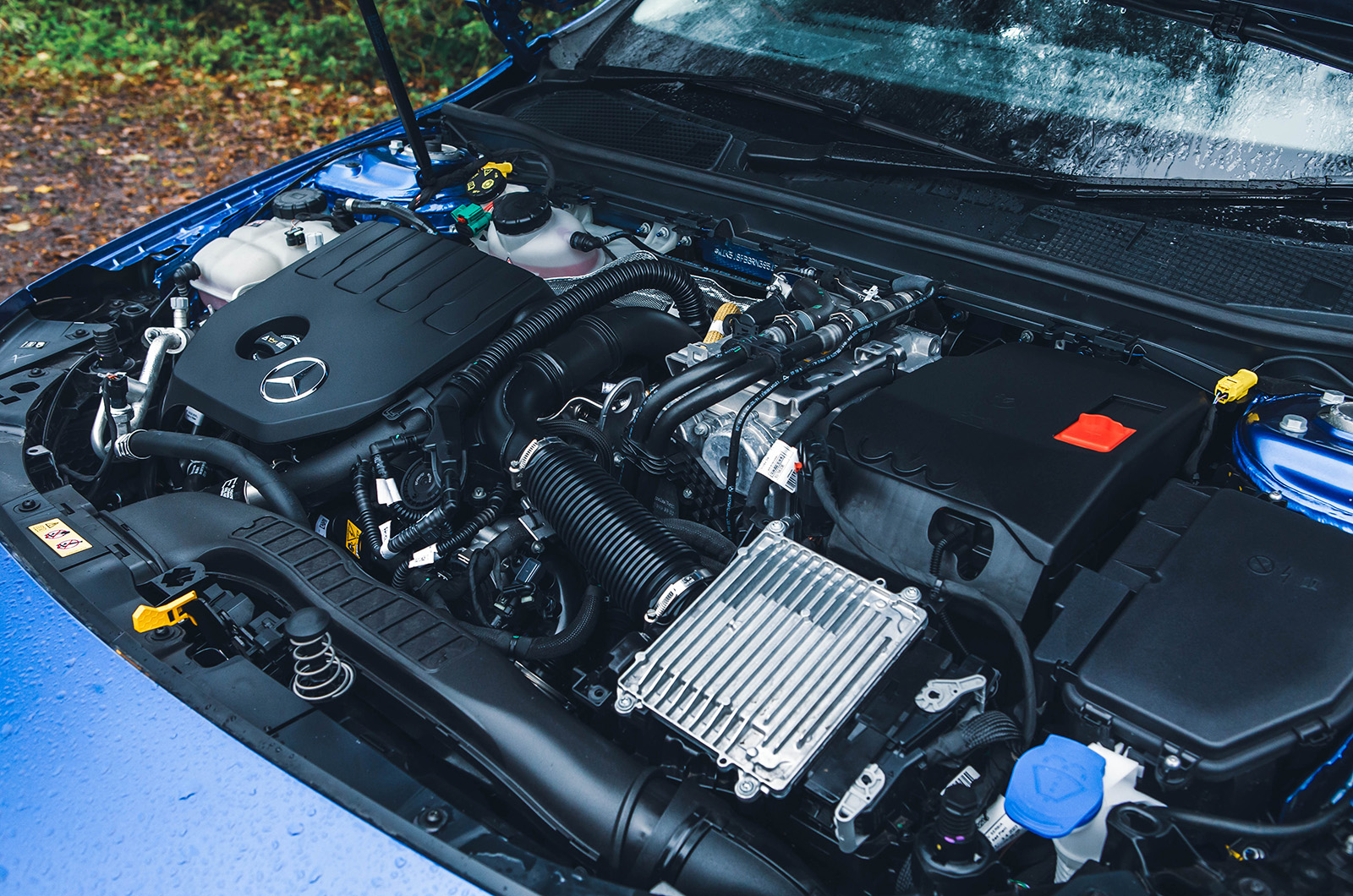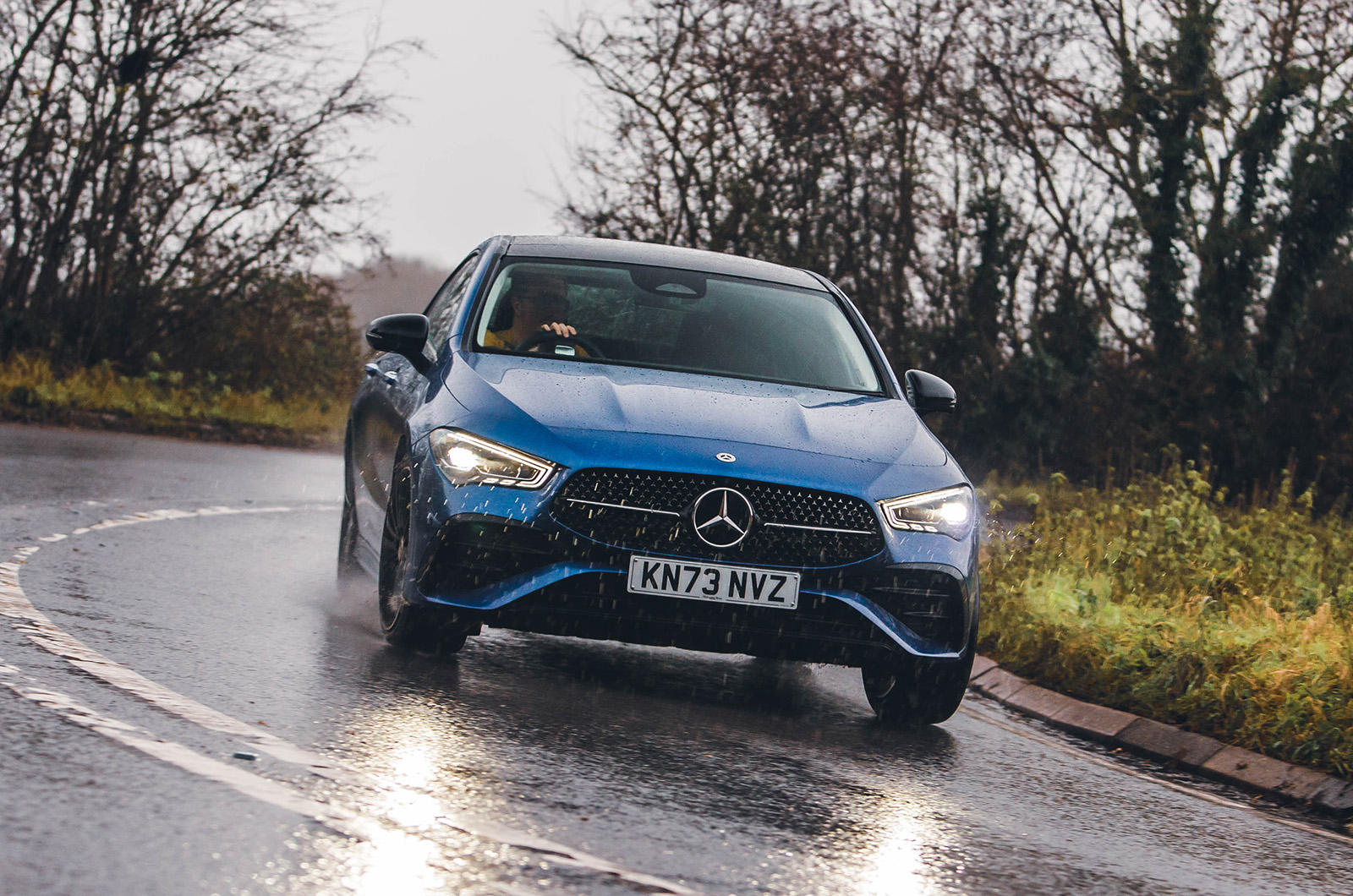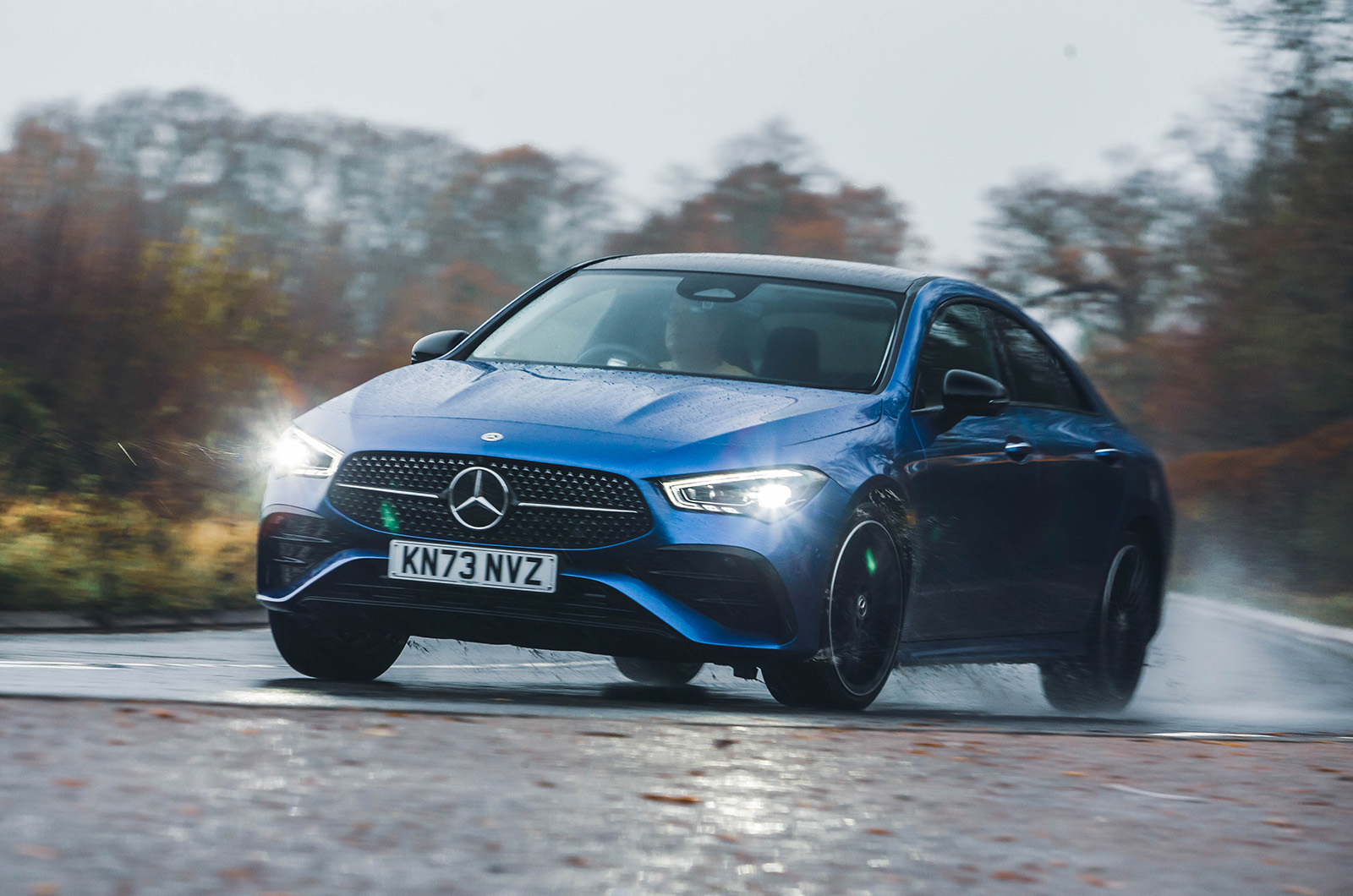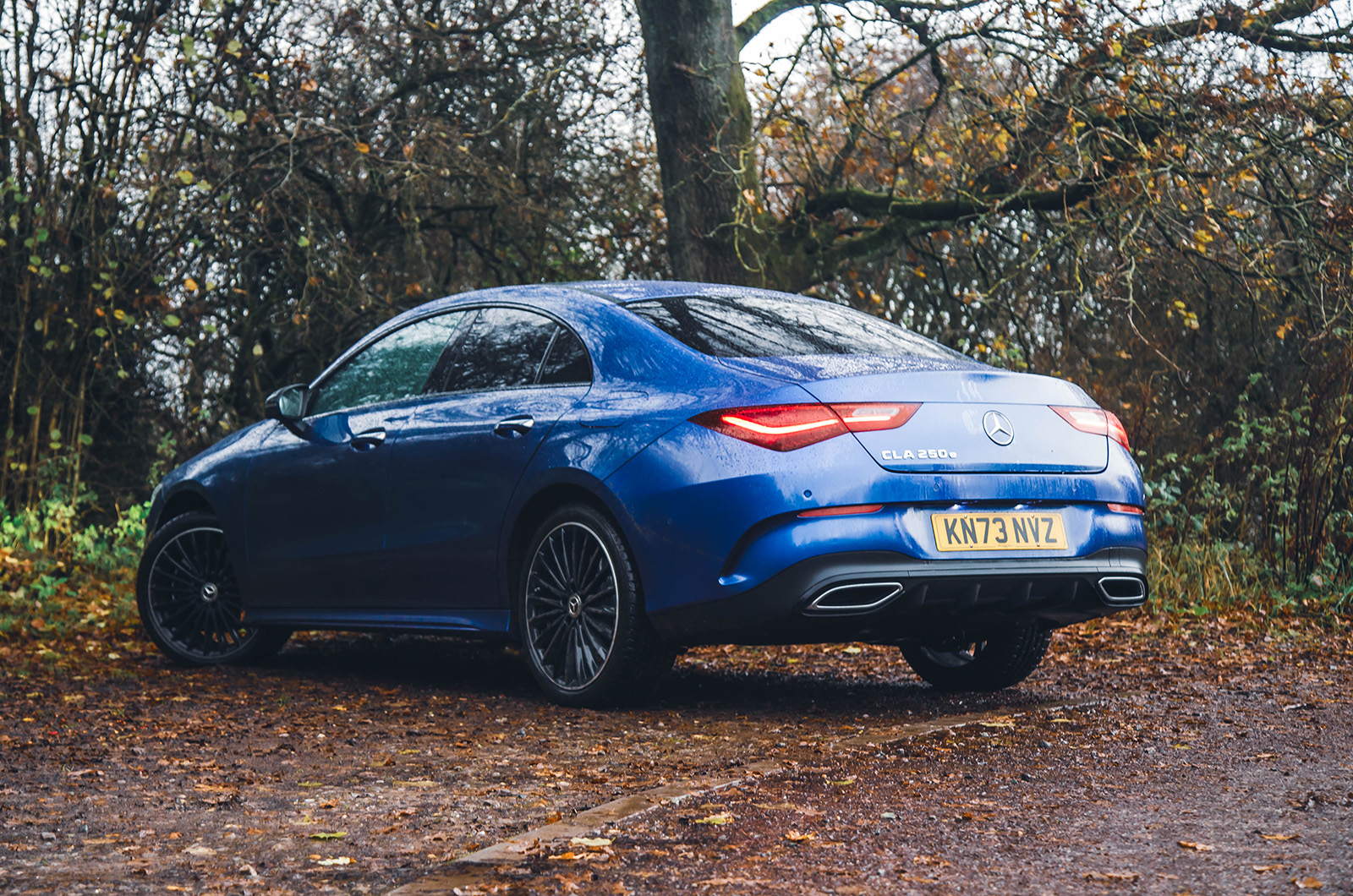The second-generation Mercedes-Benz CLA-Class – the German brand’s style-centred four-door coupé alternative to the compact premium mainstream – has followed the related Mercedes A-Class for the latest model year, receiving some mid-life design updates and specification tweaks.
The car’s central positioning remains unchanged, however. If an upmarket hatchback is simply too ordinary for you, a compact executive saloon perhaps a shade too traditional, and a compact premium SUV simply a bigger car than you need, the CLA might have the extra desirability you crave.
And it remains a more globally important Mercedes than many realise. Because while the first-generation Mercedes CLA (2013-2019) wasn’t the most common sight on UK roads compared with the A-Class or even the GLA crossover, it was the first compact front-wheel-drive Mercedes to hit the American market when it landed there in 2013. Not so long after it had, it was described by Mercedes’ regional bosses as the firm’s most successful product launch in 20 years. Over a six-year life cycle, the CLA racked up an impressive production run of some 750,000 global units.
For the second-generation version, the car grew between the axles and in overall terms, becoming a shade longer than the last Mercedes C-Class saloon. Like the original CLA, it seeks to reproduce the design appeal of the bigger Mercedes CLS four-door coupé at a more affordable price and, using Mercedes’ latest MFA2 platform as a basis, shares engines, cabin architecture, suspension hardware and more with the current A-Class and B-Class.
The Mercedes CLA-Class range at a glance
| Models | Power | From |
|---|---|---|
| CLA 180 Sport Executive | 134bhp | £34,535 |
| CLA 200 Sport Executive | 161bhp | £36,035 |
| CLA 220d Sport Executive | 187bhp | £39,265 |
| CLA 250e AMG Line Executive | 215bhp | £45,360 |
Mercedes’ pre-facelift derivative range for the current CLA, back when it was introduced in 2019, was broader than it remains now, even after Mercedes UK chose not to include the entry-level 180d diesel or the four-wheel-drive 250 4Matic available elsewhere. There used to be 2.0-litre turbocharged petrol models towards the upper end of the spectrum, though, in addition to the even pokier Mercedes-AMG CLA 35 and 45.



